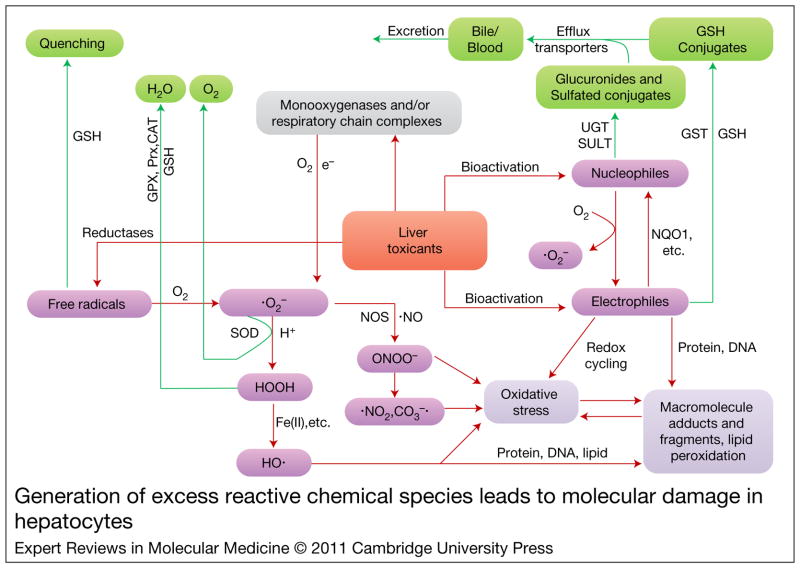Figure 1. Generation of excess reactive chemical species leads to molecular damage in hepatocytes.
Reactive species (pink boxes) are generated during biotransformation of toxicophores, which can then be detoxified by drug-metabolising enzymes and antioxidant systems (green boxes). Excess reactive chemical species react with biomolecules to form molecular adducts, peroxides or broken molecular fragments (purple box), resulting in dysfunction or change in the structure of biomolecules. Green arrows indicate detoxification pathways; red arrows show toxification pathways. CAT, catalase; GSH, glutathione; GPX, glutathione peroxidase; GST, glutathione S-transferase; NOS, nitric oxide synthase; NQO1, NAD(P)H quinone oxidoreductase 1; Prx, peroxiredoxin; SOD, superoxide dismutase; SULT, sulfotransferase; UGT, glucuronosyltransferase. Parts of this figure are adapted from portions of figures from Refs 33, 34.

